Advertisement
Technology has changed the way we think, work, and solve problems. And if you've ever felt confused between machine learning and neural networks, you’re definitely not alone. They often show up together, get used interchangeably, and leave people scratching their heads. It’s easy to mix them up because they’re closely related, but here’s the truth: they are not the same thing.
The good news is you don't need a tech background to get a clear picture. Once you understand the basic idea behind each, everything starts to make sense. Both are important tools in the world of artificial intelligence, but they solve problems differently. Let's break it down without any fancy talk so you know exactly what's what — and when to use which.
Machine learning is like teaching a computer how to learn from examples instead of giving it a list of instructions. Imagine showing thousands of pictures of cats and dogs to a computer, and over time, it gets better at spotting which is which. You didn’t tell it exactly what a cat’s ear shape is or how many whiskers a dog has. It just figured it out by looking at enough examples.
At its core, machine learning is a big group of methods and ideas focused on making computers smarter through experience. It’s used in things like spam filters, recommendation engines, voice assistants, and even weather forecasts. Some models are super simple, like basic decision trees. Others are way more complicated, using hundreds of layers of math to get the job done.
The big deal here is that machine learning is an umbrella term. Neural networks, deep learning, and other smart tools are all packed under it. So when someone says they’re working on machine learning, they could be doing anything from a simple prediction model to a super fancy language translator.
Now, neural networks are a specific type of machine learning model. They’re inspired by how the human brain works – not exactly copying it, but using the idea that information passes through connected layers.

Picture it like this: there’s an input layer that takes the raw information, a bunch of hidden layers that do the math and figure things out, and an output layer that gives the final answer. Each tiny part (called a neuron) takes in a piece of info, does some number crunching, and passes it along. Sounds pretty clever, right?
Neural networks are really good at handling problems that are messy, full of noise, or too hard to explain with basic math. Things like recognizing faces in photos, understanding spoken language, or making sense of medical images. Where traditional machine learning might get stuck, neural networks often shine.
So now that we've got the basics let's look at where machine learning and neural networks part ways.
Traditional machine learning models like decision trees or logistic regression are straightforward. Neural networks, especially deep ones, have layer after layer of hidden complexity. Sometimes, they have so many layers that nobody really understands exactly how they're making decisions.
Basic machine learning models can work fine with smaller amounts of data. But neural networks are hungry. They love huge datasets and perform better when fed millions of examples. That’s one reason why things like language models and image recognition systems exploded only after companies could collect massive piles of data.
Simple machine learning models often train quickly. You might be able to set one up and get results in a few minutes or hours. Neural networks, though? They can take days, even weeks, to train, depending on the size and how complicated the task is.
If you build a regular machine learning model, you can usually peek inside and see how it's making decisions. For example, you might learn that age or income affects a loan approval. Neural networks, however, are often black boxes. You feed in data, and you get out results, but understanding every step inside isn't easy.
Neural networks usually need powerful hardware like GPUs (graphics processing units) to crunch numbers faster. Traditional machine-learning models are a lot lighter and can run on regular laptops without any trouble.
Choosing between machine learning and neural networks isn’t about picking a favorite. It’s about what fits the problem you’re trying to solve. If your dataset is small or medium-sized and you need quick, understandable results, a regular machine learning model might be the better choice. Think of predicting customer churn or analyzing basic sales trends. These tasks don't need heavy lifting.

But if your project involves a ton of messy data — like thousands of hours of video, millions of photos, or endless audio files — and you’re aiming for high accuracy, neural networks make more sense. They have a knack for spotting hidden patterns and relationships that regular models would miss. Still, it's worth remembering that building and training neural networks need more resources. You need not just data and time but often specialized knowledge to fine-tune them properly.
Machine learning and neural networks aren’t rivals. They’re part of the same big idea: teaching machines to learn from examples instead of micromanaging every step. Machine learning covers a broad range of techniques, and neural networks are just one of those techniques — a powerful one, but not always the right choice for every problem. Knowing the difference can help you make smarter choices about when to keep things simple and when to bring in the big guns. Whether you’re training a basic model to predict next month’s sales or building a system that can understand spoken languages, the right tool is the one that fits the task — not the one with the flashiest name.
Advertisement
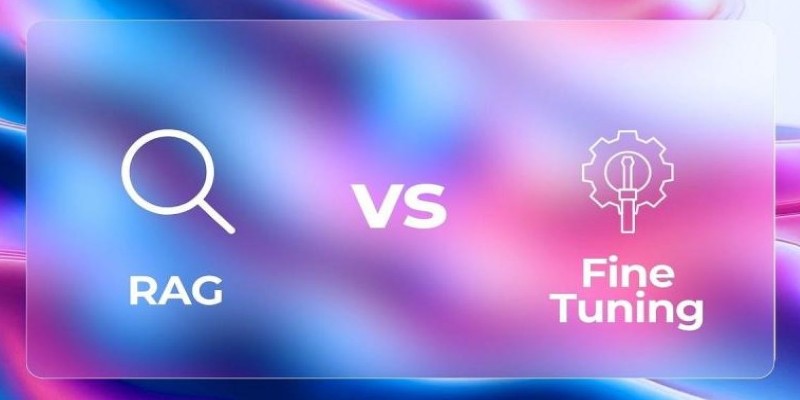
Confused about whether to fine-tune your model or use Retrieval-Augmented Generation (RAG)? Learn how both methods work and which one suits your needs best

Looking for a better way to code, research, and write in Jupyter? Find out how JupyterAI turns notebooks into powerful, intuitive workspaces you’ll actually enjoy using
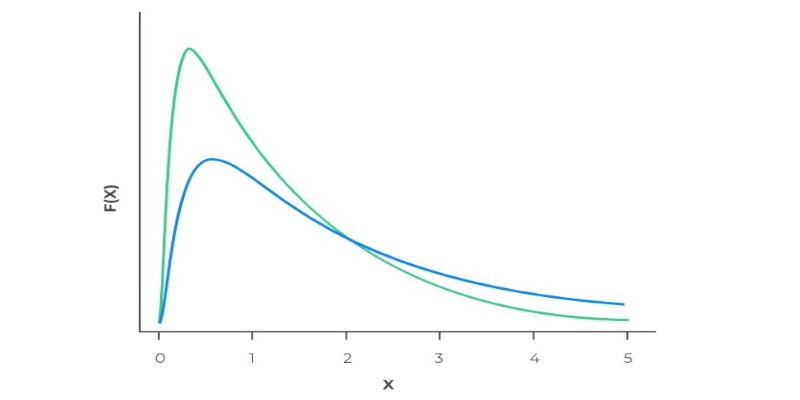
Ever wonder why real-world data often has long tails? Learn how the log-normal distribution helps explain growth, income differences, stock prices, and more
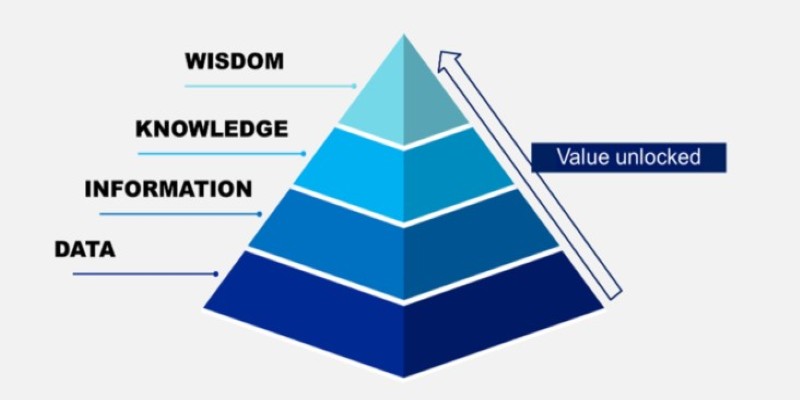
Ever wondered how facts turn into smart decisions? Learn how the DIKW Pyramid shows the journey from raw data to wisdom that shapes real choices

Apple unveiled major AI features at WWDC 24, from smarter Siri and Apple Intelligence to Genmoji and ChatGPT integration. Here's every AI update coming to your Apple devices
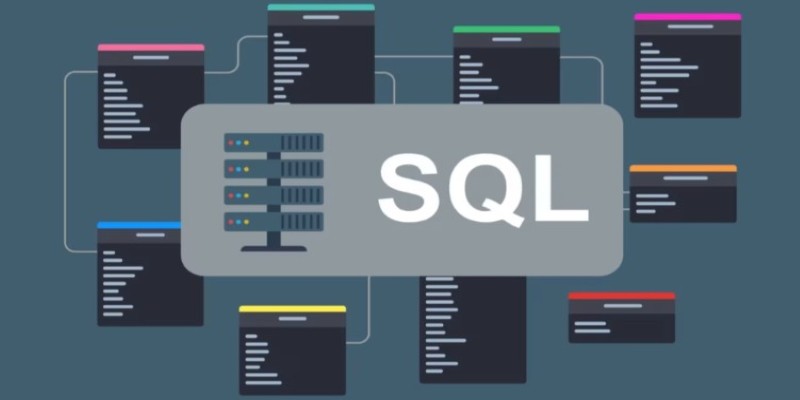
Think of DDL commands as the blueprint behind every smart database. Learn how to use CREATE, ALTER, DROP, and more to design, adjust, and manage your SQL world with confidence and ease

The Dead Internet Theory claims much of the internet is now run by bots, not people. Find out what this theory says, how it works, and why it matters in today’s online world
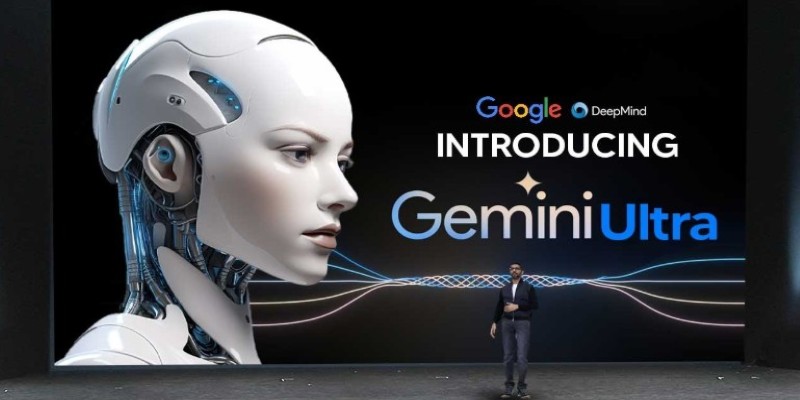
Get a clear overview of Google's seven Gemini AI models—each built with a unique purpose, from coding assistance to fast response systems and visual data understanding

Learn how to build an AI app that interacts with massive SQL databases. Discover essential steps, from picking tools to training the AI, to improve your app's speed and accuracy
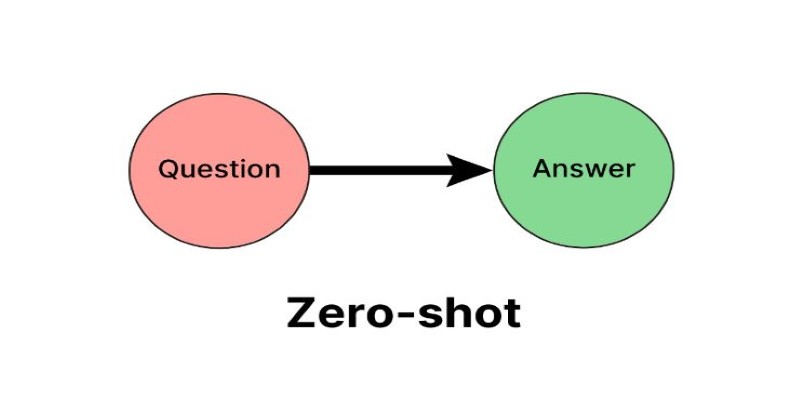
Learn what Zero Shot Prompting is, how it works, where it shines, and how you can get the best results with simple instructions for AI

Understand the principles of Greedy Best-First Search (GBFS), see a clean Python implementation, and learn when this fast but risky algorithm is the right choice for your project
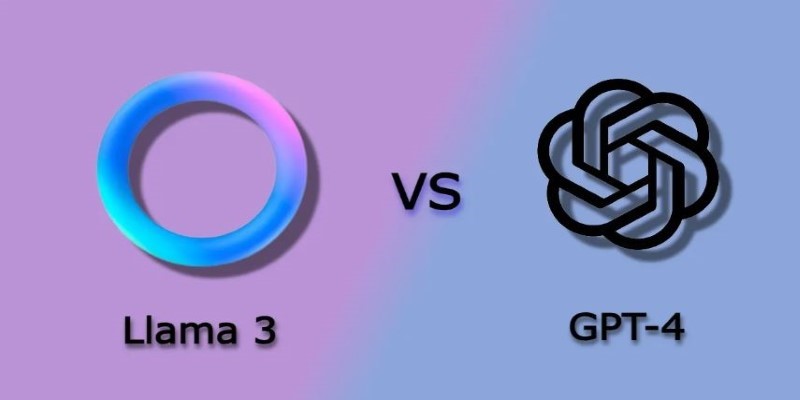
Curious about Llama 3 vs. GPT-4? This simple guide compares their features, performance, and real-life uses so you can see which chatbot fits you best